Last Friday, I received a direct message on Twitter from county commissioner and mayoral candidate Tami Sawyer. I don’t know Sawyer well, but we’ve met and communicated a few times in recent years. I’ve always found her to be direct, genuine, and likeable.
Sawyer was asking me for contact information for the CEO of Contemporary Media, the parent company of Memphis magazine and the Memphis Flyer. She was upset about the cover of the September Memphis magazine. I told her that I hadn’t seen the magazine but that I knew it was about the mayoral race. She messaged me an image of the cover, which consisted of caricatures by artist Chris Ellis of mayoral candidates Jim Strickland, Willie Herenton, and Sawyer.
“Lord.” was my response.
It was horrible. I made a remark that all three candidates looked equally weird, but there was no getting around it: It was an offensive cover. Sawyer’s face had been distorted with the sort of stereotypical African-American tropes favored by racist cartoonists of the Jim Crow era. It did not look like her, even as caricature.The firestorm around the cover quickly consumed local social media and from there migrated to articles and columns in the Commercial Appeal and Daily Memphian and coverage by local television stations.
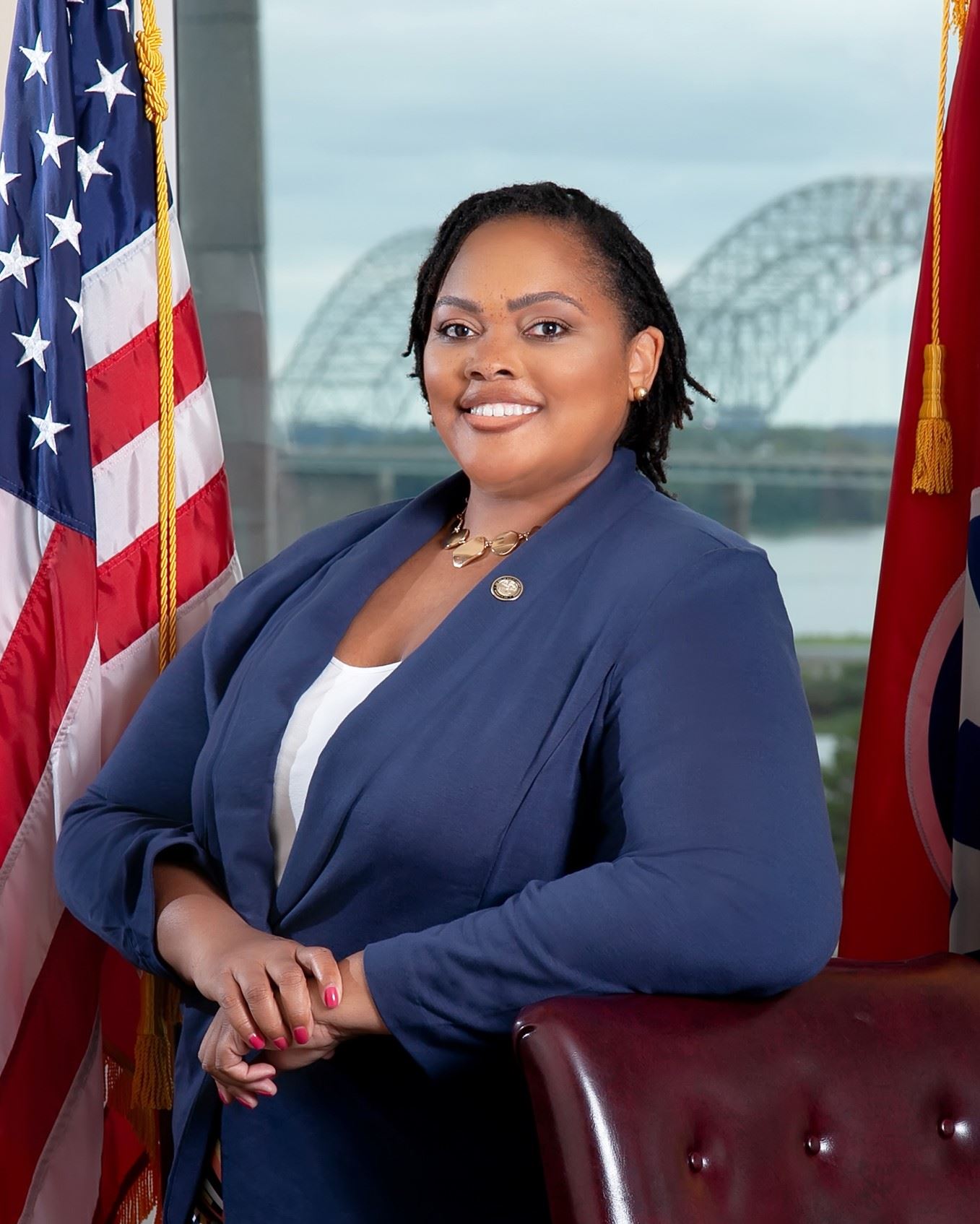
Shelby County Commissioner Tami Sawyer
The magazine editor initially issued a statement on the publication’s website, but it was weak sauce — asking readers to judge the magazine on its progressive history and issuing a more or less “sorry if we offended” apology. The next day, Contemporary Media CEO Anna Traverse issued a full-fledged formal apology, also on the magazine’s website. It was entitled “We Failed Memphis” and acknowledged the offensiveness of the cover images and the responsibility of the magazine to do better. Traverse also announced that newsstand copies of the magazine would not be distributed.
Many critics pointed out, correctly, that the Memphis magazine editorial staff is not diverse and that if, say, an African American were on staff, that cover decision might have been questioned and its intrinsic offensiveness pointed out. They are probably right.
We are well aware of the lack of diversity among editorial employees at CMI. Contemporary Media is facing the same issues that are plaguing many print magazines and newspapers around the country. Shrinking revenues have forced publications to reduce staff sizes. It’s not a great time for making hires, as much as we’d like to. Some publications have forced out older employees via buyouts and layoffs. It’s painful for those employees, but it does open the door to hire a younger and more diverse staff.
Contemporary Media has taken a different approach: keeping our staff but, in some cases, reducing their hours. Several editorial staffers have gone to four-days-a-week employment. Other full-time positions have been replaced with permanent part-time jobs, such as those of film editor and music editor. Five years ago, the Flyer had eight full-time editorial employees. Today, we have four — and I’m not one of them. (I voluntarily opted to work four days a week, beginning last January.) That said, the last four people I’ve hired to write for us (all in the last three years) are Maya Smith, staff reporter; Anthony Sain, Grizzlies beat writer; Andrea Fenise, fashion editor; and Aylen Mercado, monthly columnist. Three are African American; one is Hispanic.
We are aware of the problem and are trying our best to diversify our editorial voice at a time when we aren’t making full-time hires. It’s a struggle, but we’ll get there. The Flyer, for want of a better term, has been “right-sized,” consistent with its revenue.
We need to do better, but I’m convinced that under Traverse, who’s been our CEO all of 11 weeks, Contemporary Media is headed in the right direction. We are determined to continue to serve this community and do right by our readers — all of them.
Bruce VanWyngarden

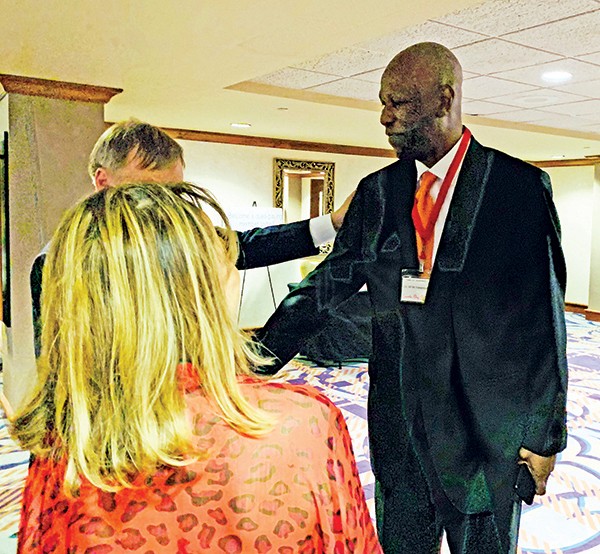
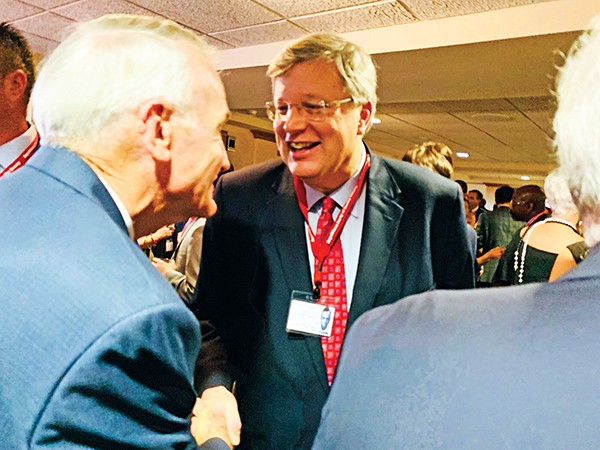 Photographs by Jackson Baker
Photographs by Jackson Baker 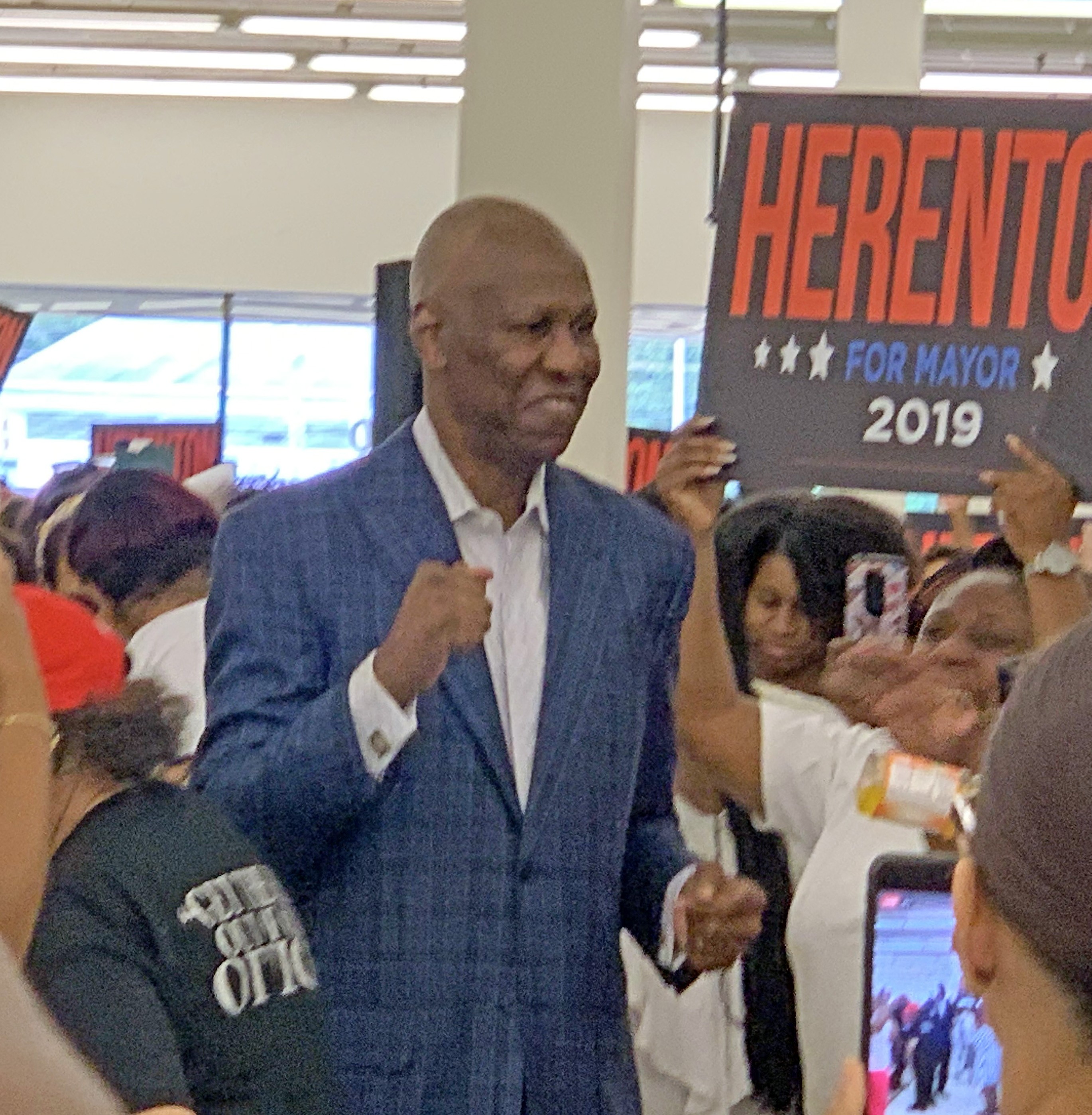 JB
JB 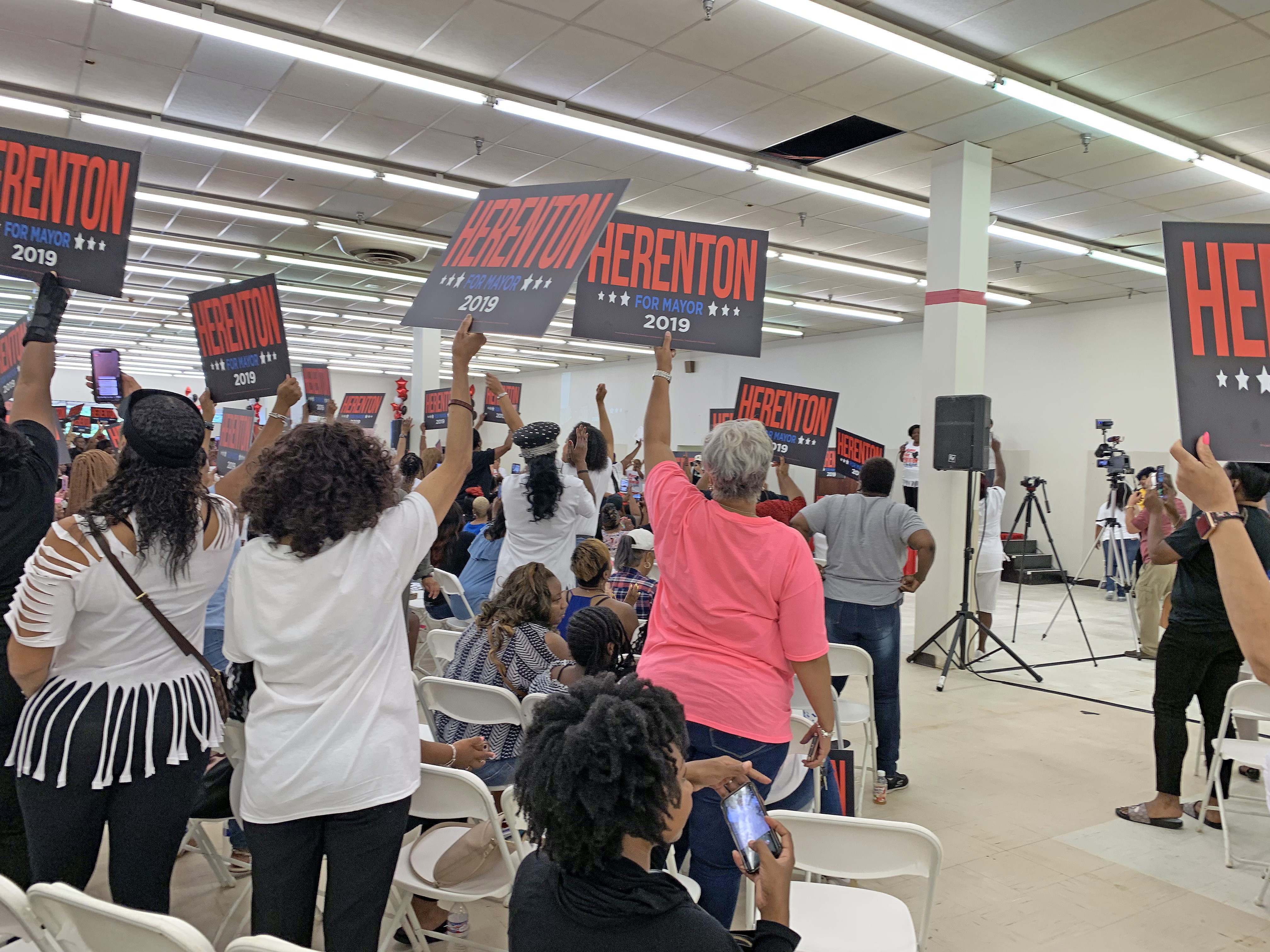 JB
JB 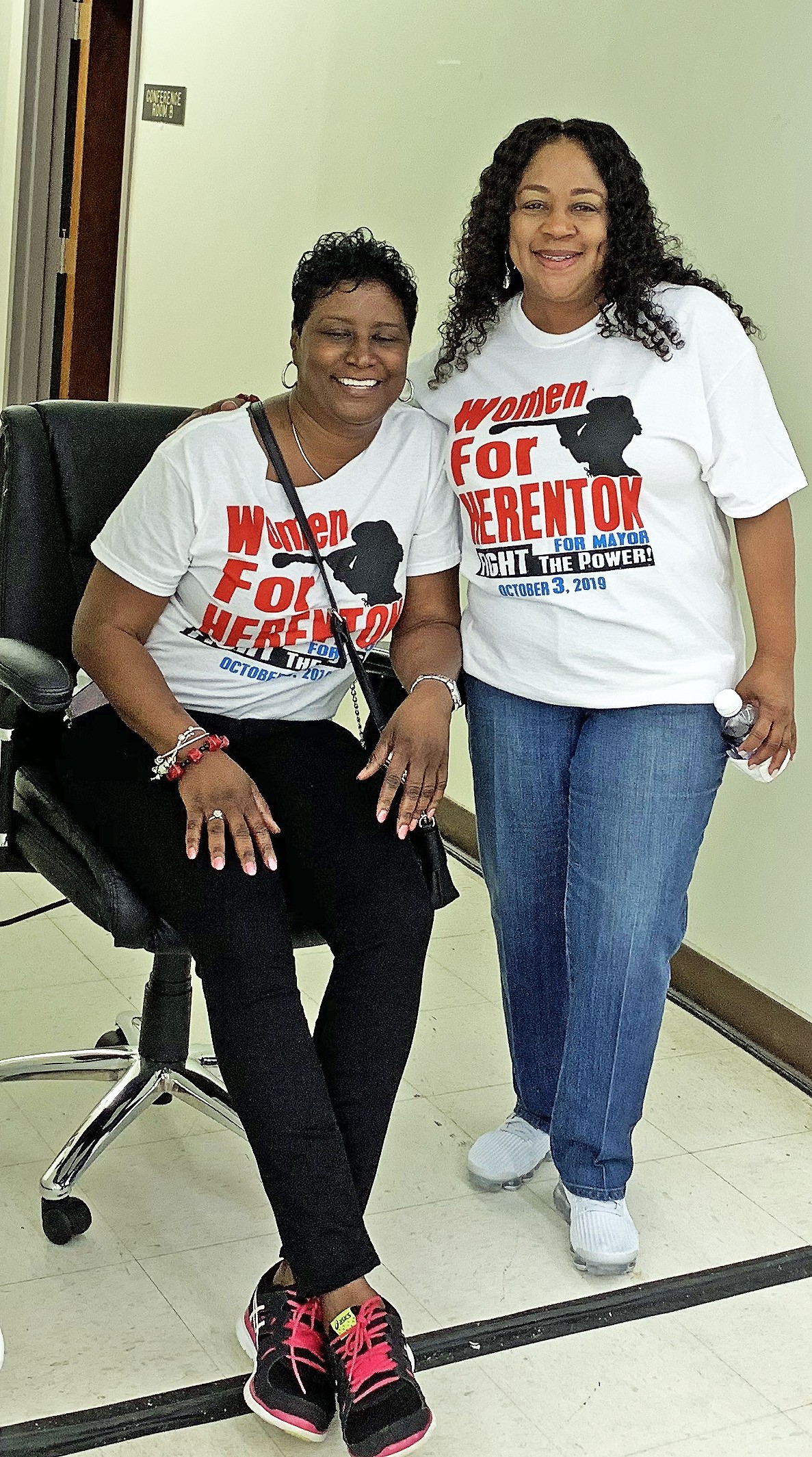
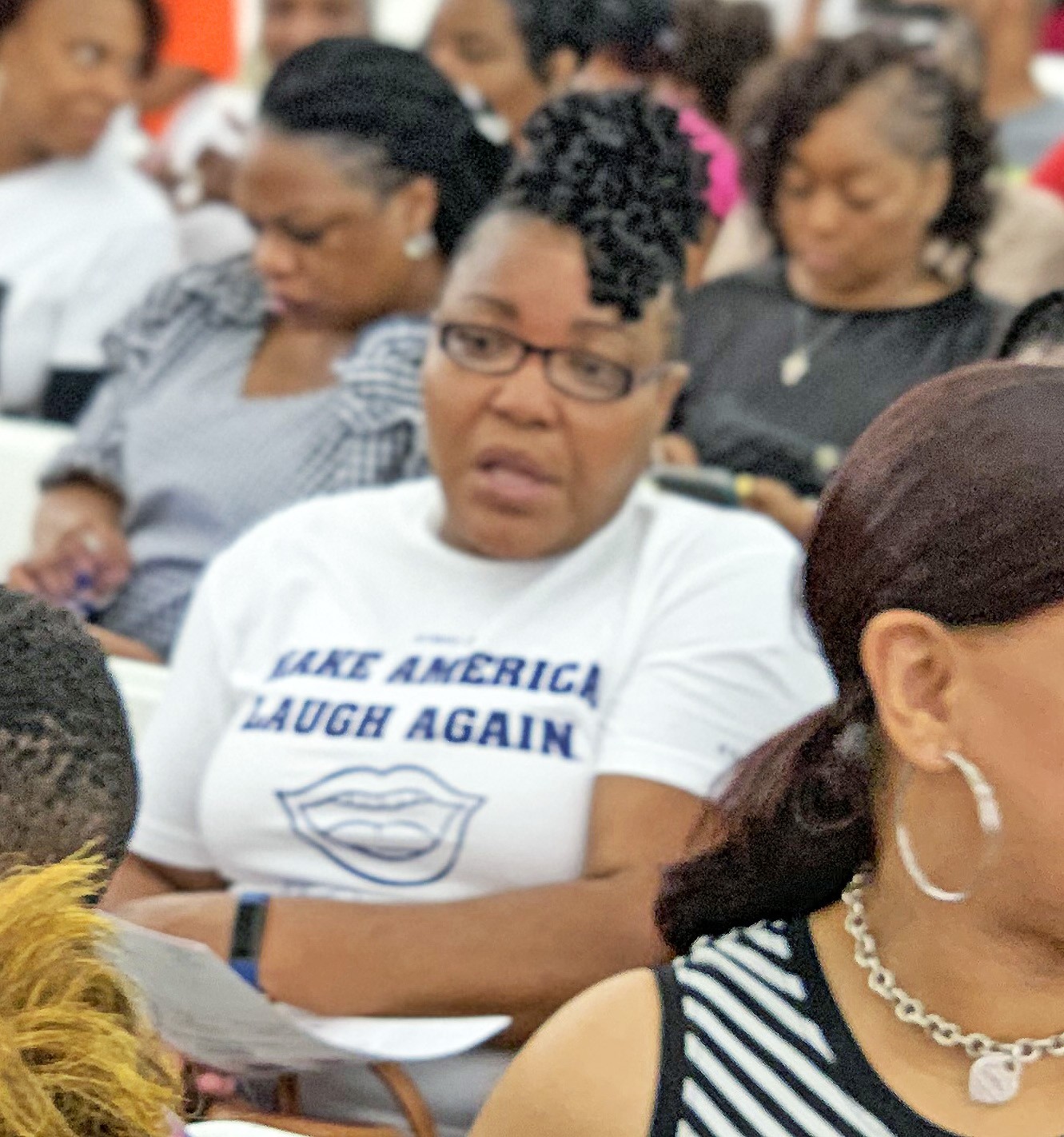
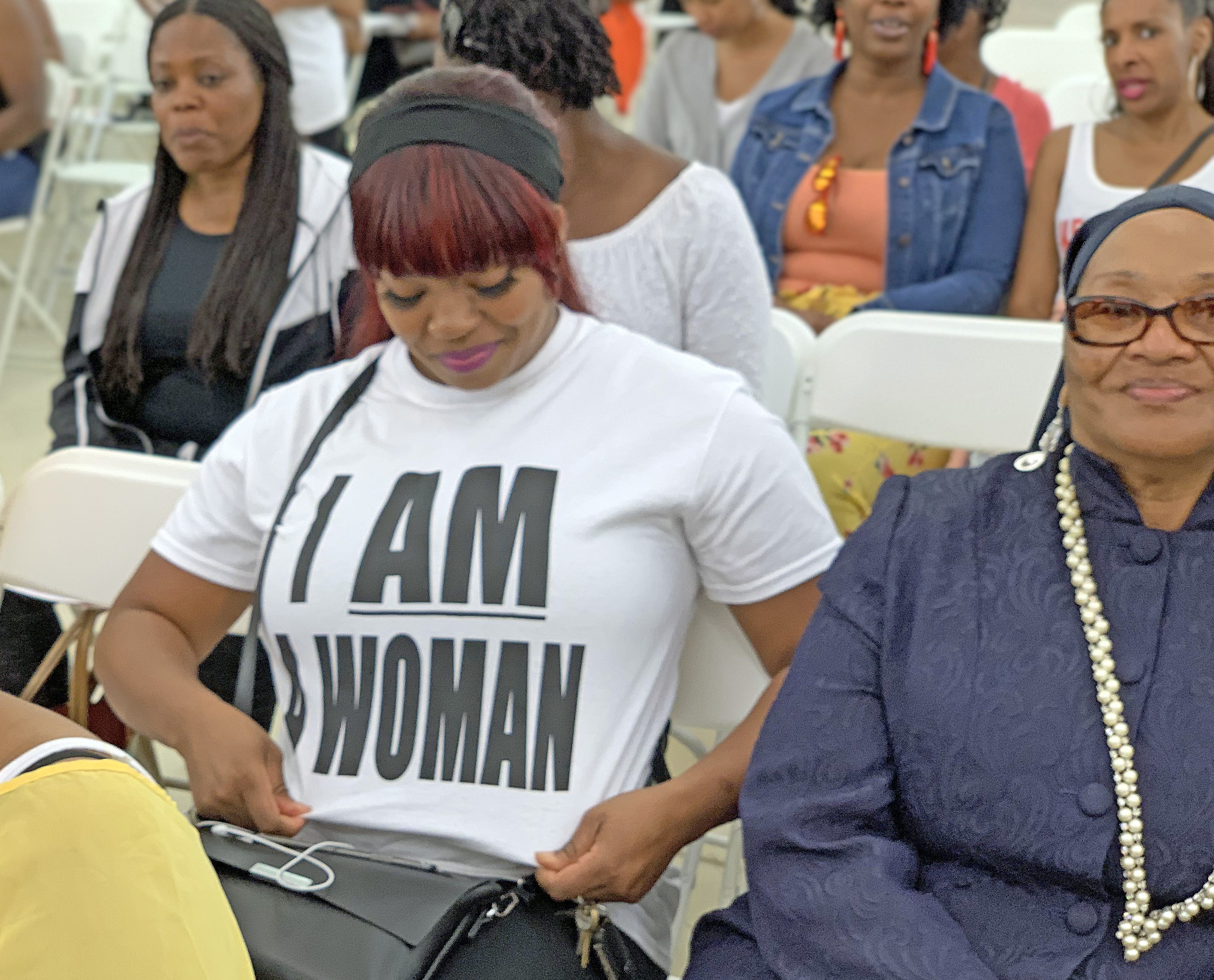
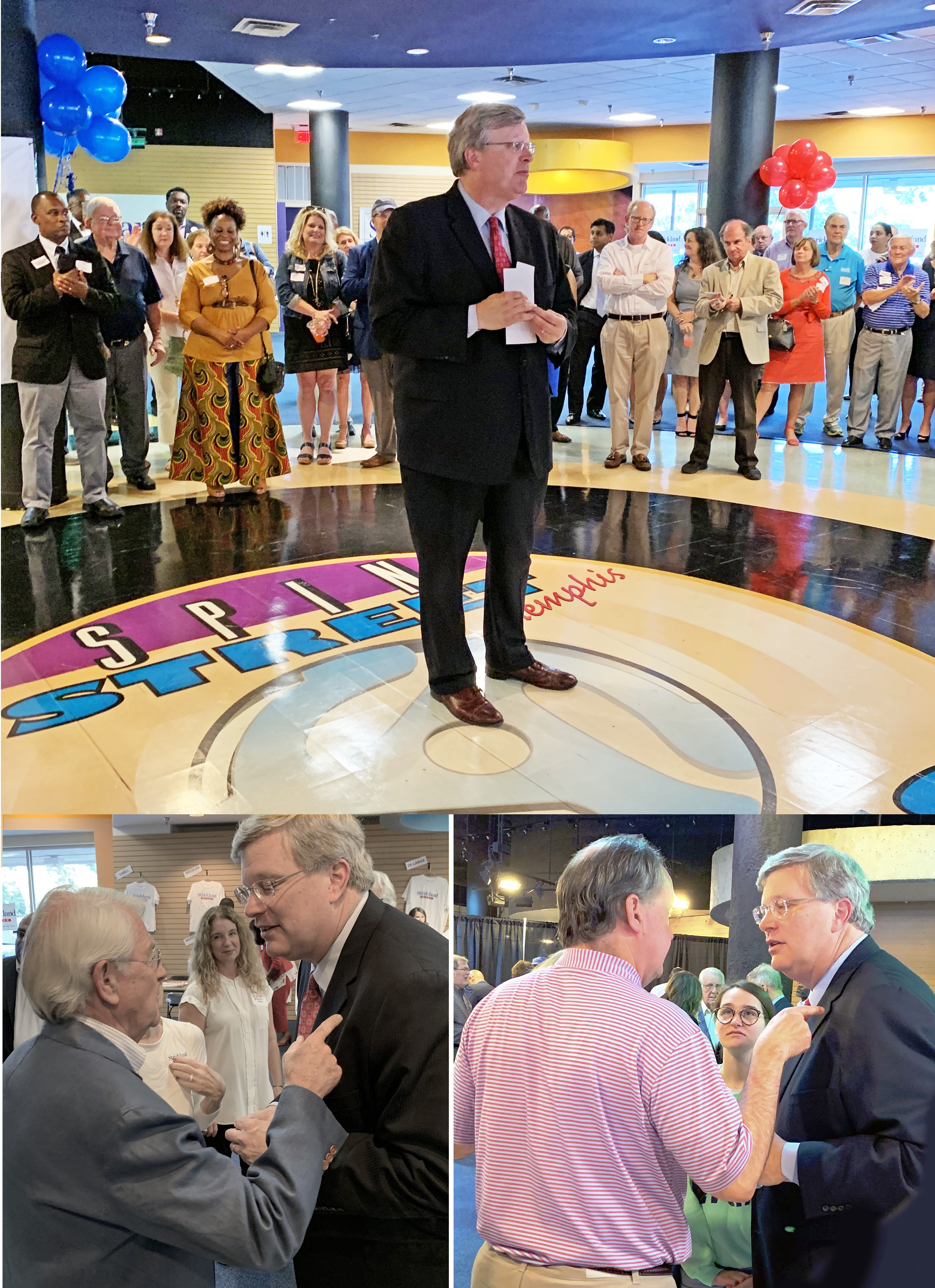 JB
JB  JB
JB 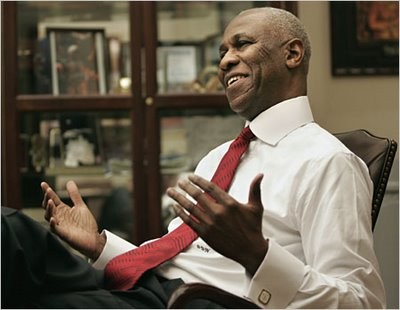 Justin Fox Burks
Justin Fox Burks  Jackson Baker
Jackson Baker